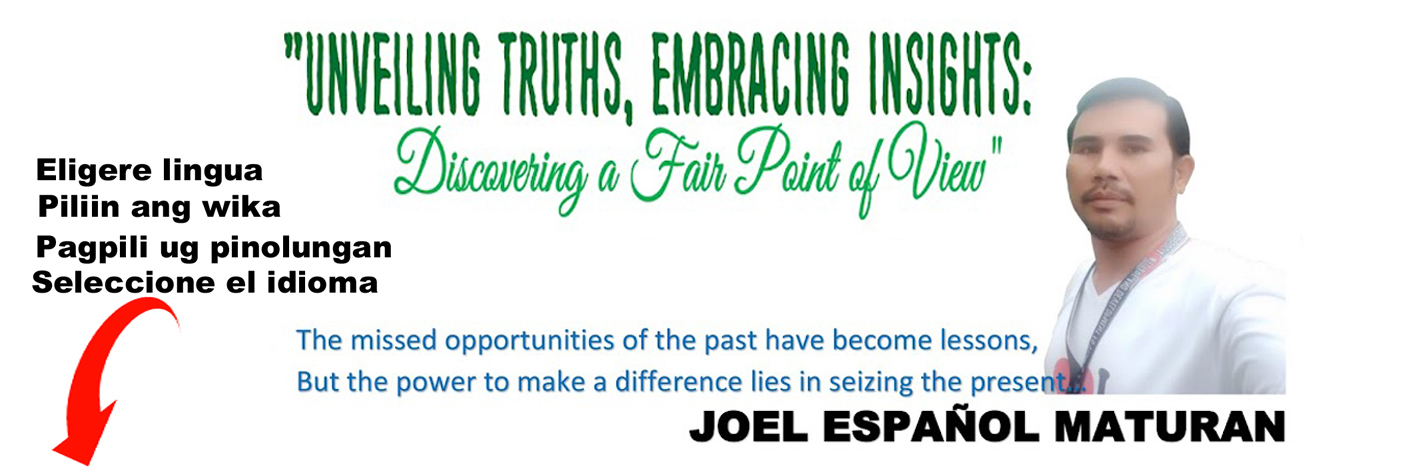In the heart of Davao City, where the pulsating life of the metropolis meets the quiet struggles of its people, my personal journey unfolded. As someone who lived in New Gravahan, Matina, near the river across from Bangkerohan, I bore witness to the complexities of life under Rodrigo Roa Duterte (PRRD)—first as a mayor, then as the President of the Philippines. His controversial War on Drugs wasn’t just a national headline; for many of us, it was a lived reality.
A Leader Rooted in Davao
PRRD’s commitment to the War on Drugs was forged in the crucible of Davao City, where he first established his reputation as a strong and effective leader. I saw firsthand how his governance transformed Davao from a dangerous place into a city many now hail as one of the safest in the Philippines. But this transformation did not come without its shadows.
A City Freed from Fear
In my years living in Davao, the specter of crime loomed large. I vividly remember one day at the river near New Gravahan when a lifeless body was found floating—suspected to be a criminal. Another memory takes me to Magsaysay Boulevard, where a killer, likely part of the city's notorious vigilante culture, melted into the crowd after committing his crime.
Living in Agdao, I rented a boarding house, blissfully unaware that the open lot behind it was rumored to be a dumping site for victims of extrajudicial killings. At first, these incidents filled me with fear. But as time passed, I realized something profound: as long as I remained a law-abiding citizen, I had nothing to fear. Davao’s vigilantism was a chilling reminder that justice—however unorthodox—was being served to those who brought harm to the community.
PRRD’s Tough Love for the Nation
When Duterte brought his leadership to the national stage in 2016, he carried with him the lessons and strategies he honed in Davao. His War on Drugs was an extension of the tough love he applied in his city—a bold, unflinching stand against the scourge of illegal drugs and the criminality it breeds.
While many criticized his methods, including the rise of vigilante justice and allegations of extrajudicial killings, there was no denying the immediate impact. Families began reclaiming communities from the grip of drug syndicates, and the streets became safer for ordinary Filipinos.
The Role of Vigilantism in the War on Drugs
As someone who has seen both sides of this advocacy, I understand the nuances of PRRD’s methods. Vigilantes, often working in the shadows, played a significant role in maintaining order. While their actions were controversial and, at times, unsettling, they also symbolized a community’s collective effort to protect itself from those who refused to abide by the law.
These experiences taught me that the War on Drugs wasn’t just a government campaign; it was a call for every Filipino to take a stand—whether as law-abiding citizens, community watchmen, or rehabilitated individuals seeking redemption.
Lessons from Davao for the Nation
PRRD’s leadership in Davao serves as a blueprint for his national advocacy:
- Accountability: Ordinary citizens are reminded of their responsibility to live within the bounds of the law.
- Swift Justice: The War on Drugs demonstrates the importance of decisive action against those who threaten peace and security.
- Community Trust: Beyond fear, there is trust in the leadership—a belief that the government acts in the interest of its people.
A Personal Reflection
Looking back, I am grateful for the lessons I learned while living in Davao. Those harrowing experiences taught me to value the importance of being a good citizen. Under Duterte's leadership, I realized that the city didn’t just weed out criminals and addicts; it nurtured a culture of accountability and discipline.
Moving Forward as a Nation
Today, as PRRD’s legacy continues to shape the Philippines, it is up to us to sustain the gains of his War on Drugs. Let us remember that a safer, drug-free society requires more than law enforcement—it demands the active participation of every Filipino. Whether we support Duterte’s methods or not, his advocacy challenges us to confront the realities of crime, addiction, and societal decay with courage and determination.
The War on Drugs is not just Duterte’s story; it is ours. It is the tale of a nation reclaiming its dignity, a community standing together against the tide of despair, and individuals—like you and me—choosing to live with integrity. Together, let us honor this legacy by building a better, safer Philippines for generations to come.





